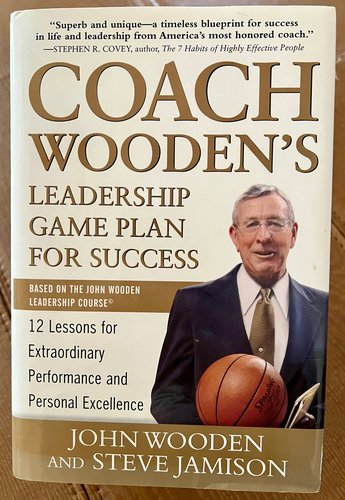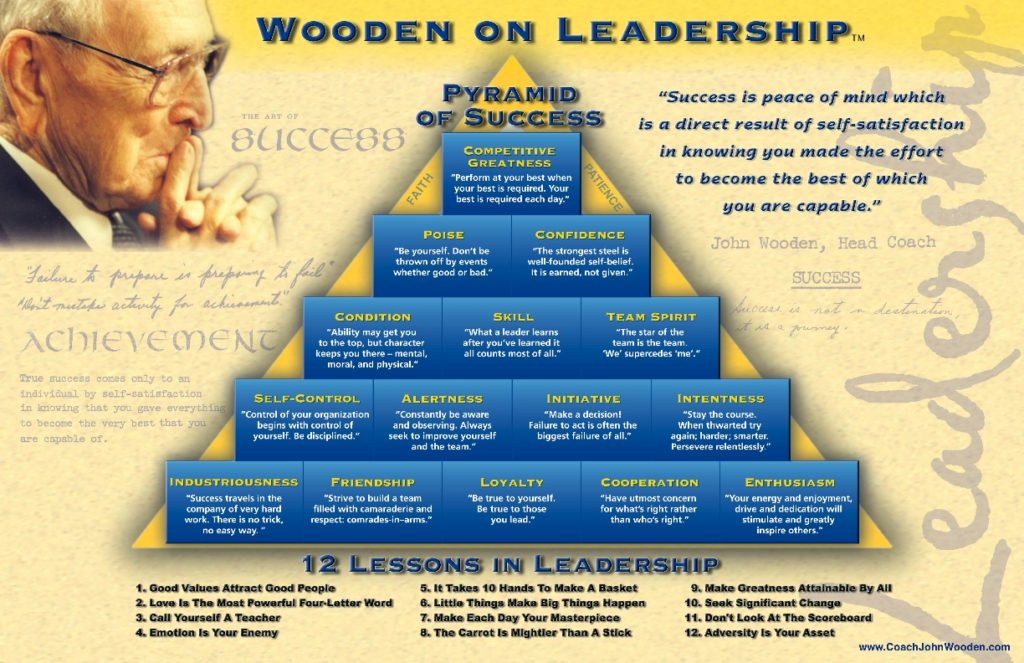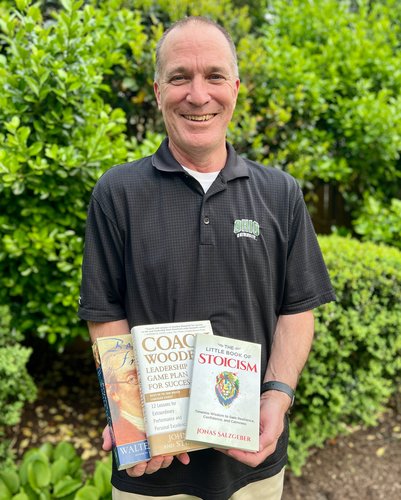The next Nils and Jonas blog post that resonated with me was Become a Better Person: Adopt Benjamin Franklin’s 13 Virtues.
Ben Franklin’s 13 virtues are timeless and worth reflecting upon often. Walter Isaacson discussed the virtues (pages 89 to 92) in his biography, Benjamin Franklin: An American Life, which I have read twice in the past ten years. I highly recommend the book! A 23-minute summary is available on YouTube.
The 13 virtues discussed in the blog are worth keeping and referring to for an expanded discussion of each virtue. Nils and Jonas describe the virtues as key to Franklin’s success: “The key to his success was his continuous pursuit of self-improvement.” The 13 virtues are:
- Temperance: Eat not to dullness; drink not to elevation.
- Silence: Speak not but what may benefit others or yourself; avoid trifling conversation.
- Order: Let all your things have their places; let each part of your business have its time.
- Resolution: Resolve to perform what you ought; perform without fail what you resolve.
- Frugality: Make no expense but to do good to others or yourself; i.e., waste nothing.
- Industry: Lose no time; be always employed in something useful; cut off all unnecessary actions.
- Sincerity: Use no hurtful deceit; think innocently and justly, and, if you speak, speak accordingly.
- Justice: Wrong none by doing injuries, or omitting the benefits that are your duty.
- Moderation: Avoid extremes; forbear resenting injuries so much as you think they deserve.
- Cleanliness: Tolerate no uncleanliness in body, clothes, or habitation.
- Tranquility: Be not disturbed at trifles, or at accidents common or unavoidable.
- Chastity: Rarely use venery but for health or offspring, never to dullness, weakness, or the injury of your own or another’s peace or reputation.
- Humility: Imitate Jesus and Socrates.
About Franklin’s efforts at living the thirteen virtues, Isaacson notes in his book:
“Mastering all of these thirteen virtues at once was “a task of more difficulty than I had imagined,” Franklin recalled. The problem was that “while my care was employed in guarding against one fault, I was often surprised by another.” So he decided to tackle them like a person who, “having a garden to weed, does not attempt to eradicate all the bad herbs at once, which would exceed his reach and his strength, but works on one of the beds at a time.””
Hopefully, the three books discussed in this three-part blog post will inspire you to pursue your quest for personal development. Show up every day and dedicate time to yourself and your own growth. The Twinz are cheering you on!









